Cabana mood: Martina Mondadori on Design Miami/ Basel and Design at Large
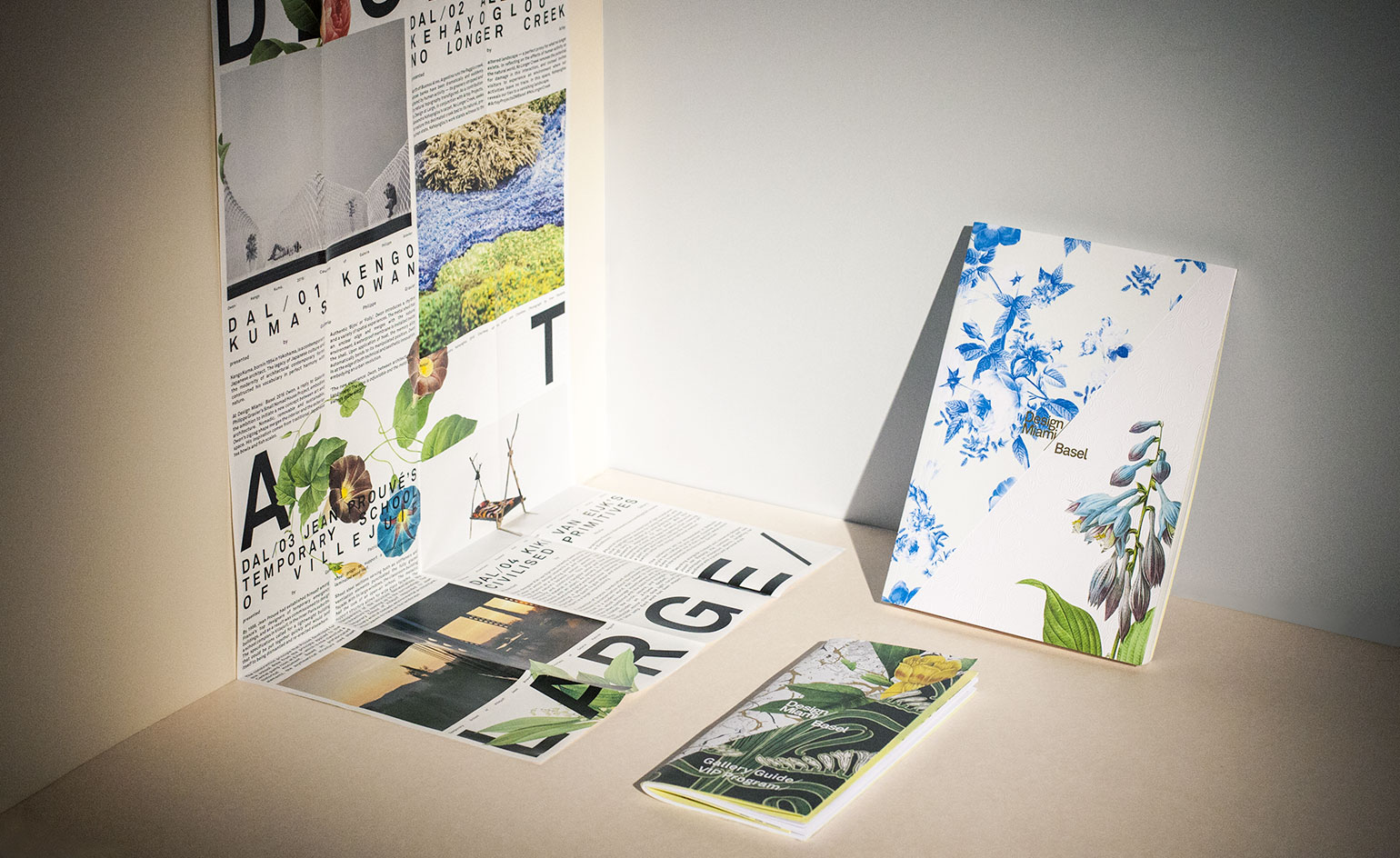
Until two years ago, Martina Mondadori was mainly known as the heiress of her family's editorial empire. Born and bred in Italy, Mondadori comes from the illustrious family owning the eponymous publishing house, of which she now sits on the board.
Publishing, it seems, is second nature for Mondadori: following a degree in philosophy from Milan’s state university, since 2006 she has been involved in various editorial projects, such as the Cultural Content Factory, which she founded ten years ago, specialised in the creative and editorial direction of projects related to art, book publishing and design, subsequently working for Italian magazine Tar before founding Anew, an editorial platform mixing contemporary art and fashion.
But it is in 2014 that her name became more clearly associated with art and design publishing, when she founded Cabana, a visual periodical she launched in collaboration with German creative director Christoph Radl. Structured like a chunky visual journal, the quarterly publication gathered Mondadori’s visual world and presented it through a collection of tableaux, illustrations and essays on art and design. This move was inspired by her own love of collecting, and observation of contemporary craftsmanship which she distilled into what she describes as a very specific visual universe.
This year, the Cabana universe collides with Design Miami/ Basel, as Mondadori was invited to curate the latest instalment of the annual Design at Large programme as well as contribute a graphic makeover to the fair’s identity. 'Rodman [Primack] was one of the first supporters of Cabana,' says Mondadori. 'He admired its diversity and how it offered a nostalgic aesthetic element in a world where conceptualism seems to be the rule.'
The eclecticism behind Cabana is very telling of Mondadori’s own collecting attitude: 'I have always been interested in different arts and crafts, and mixing important pieces with flea market finds.' Mondadori collects painted ceramics from Central America and Eastern Europe, and Italian design from the 40s and 50s, Giò Ponti and stil novo. From her contemporaries, she admires the works of similarly eclectic souls: Martino Gamper, Dimore Studio and Bethan Laura Wood, designers that are very representative of what she calls the 'Cabana mood.'
A Design Miami/ Basel initiative now in its third year, Design at Large offers an oversized point of view on design. Previous curators focused on temporary structures and what goes on inside of them, and for this third edition, Mondadori decided to give the show a change of scenery. Her selection focuses on the outdoors; she developed the theme of Landscape in collaboration with Primack and invited galleries and designers to explore this theme.
'Historically, architects have always been attracted to gardens and parks,' she explains, citing ancient Greek gardens and 19th-century English follies. 'I loved to see the diversity of the projects we commissioned, rich of formal and creative ideas.' The selection ranges from Ron Arad’s Armadillo Tea Pavilion to Dimore Studio’s leafy veranda, presenting the duo’s debut outdoors collection. There is Kengo Kuma’s abstract Owan structure, merging abstract forms with architectural thinking, and Kiki van Eijk’s 'Civilised Primitives', a collection of bronze objects that explore primitive survival in a modern world.
'Both Cabana and Design Miami/Basel are concerned with environments and living spaces,' says Mondadori. For her, she explains, what is most interesting about merging these two aesthetics is to create a break and a strong contrast. 'In a way, Cabana represents the exact opposite of Design Miami/ Basel: aesthetic vs form, decoration vs concept. Combining them is the most interesting challenge!'
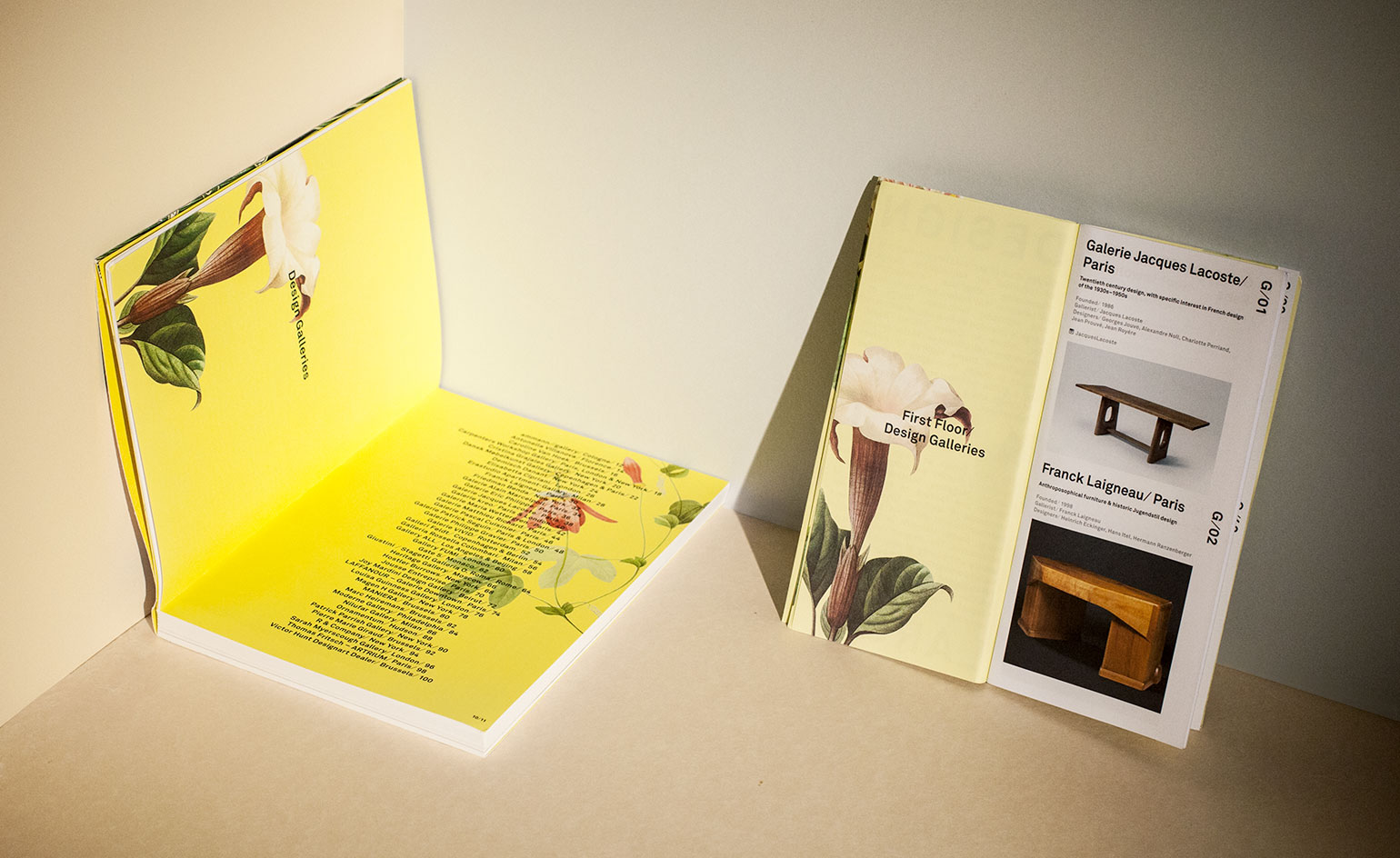
The eclecticism behind Cabana is very telling of Mondadori’s own collecting attitude, which is the same charm she channeled into her visual identity for the international event (pictured).
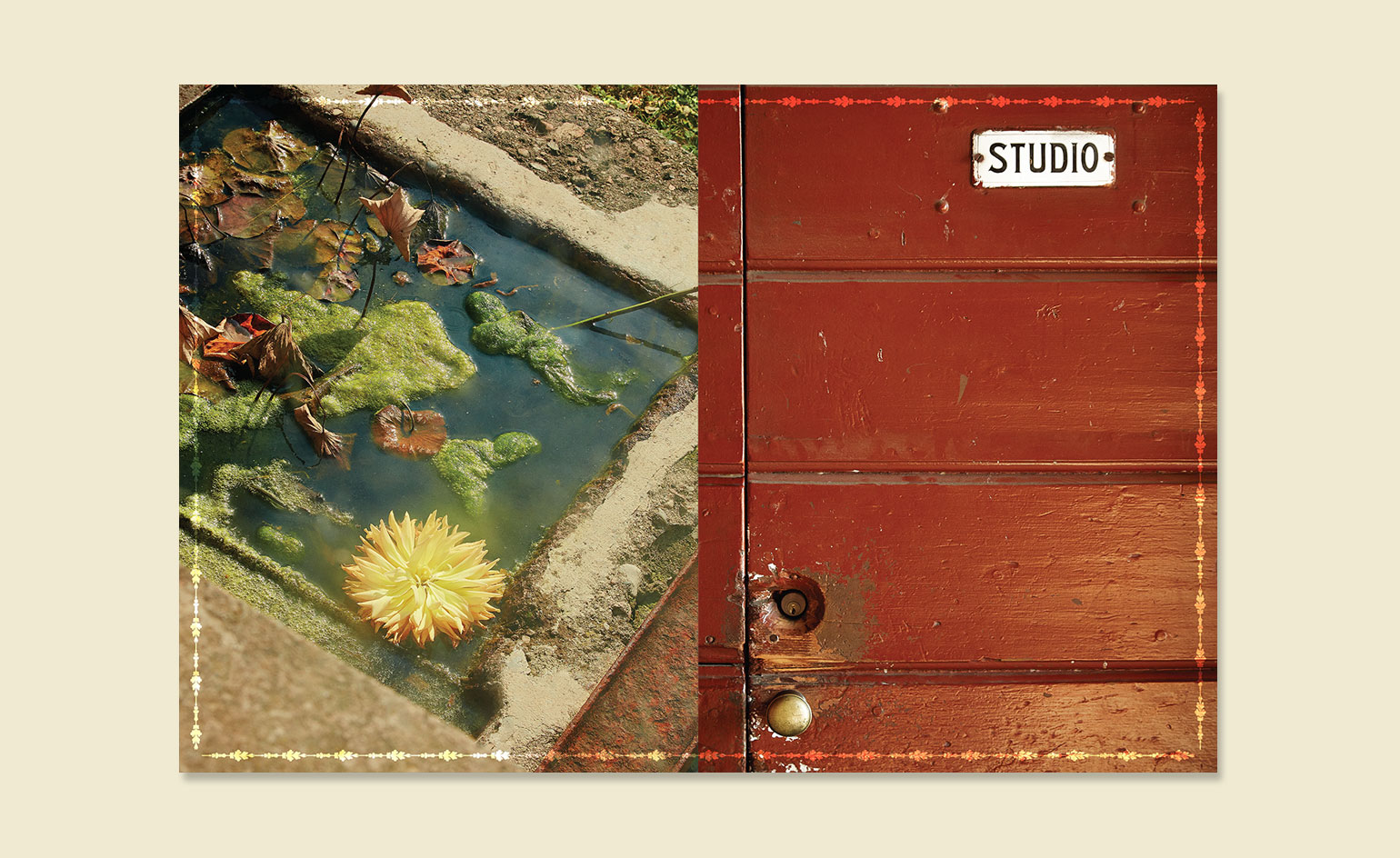
Structured like a chunky visual journal, the quarterly publication (pictured) gathers Mondadori’s visual world and presented it through a collection of tableaux, illustrations and essays on art and design

I have always been interested in different arts and crafts, and mixing important pieces with flea market finds,' explains Mondadori. Pictured: a snapshot of Cabana
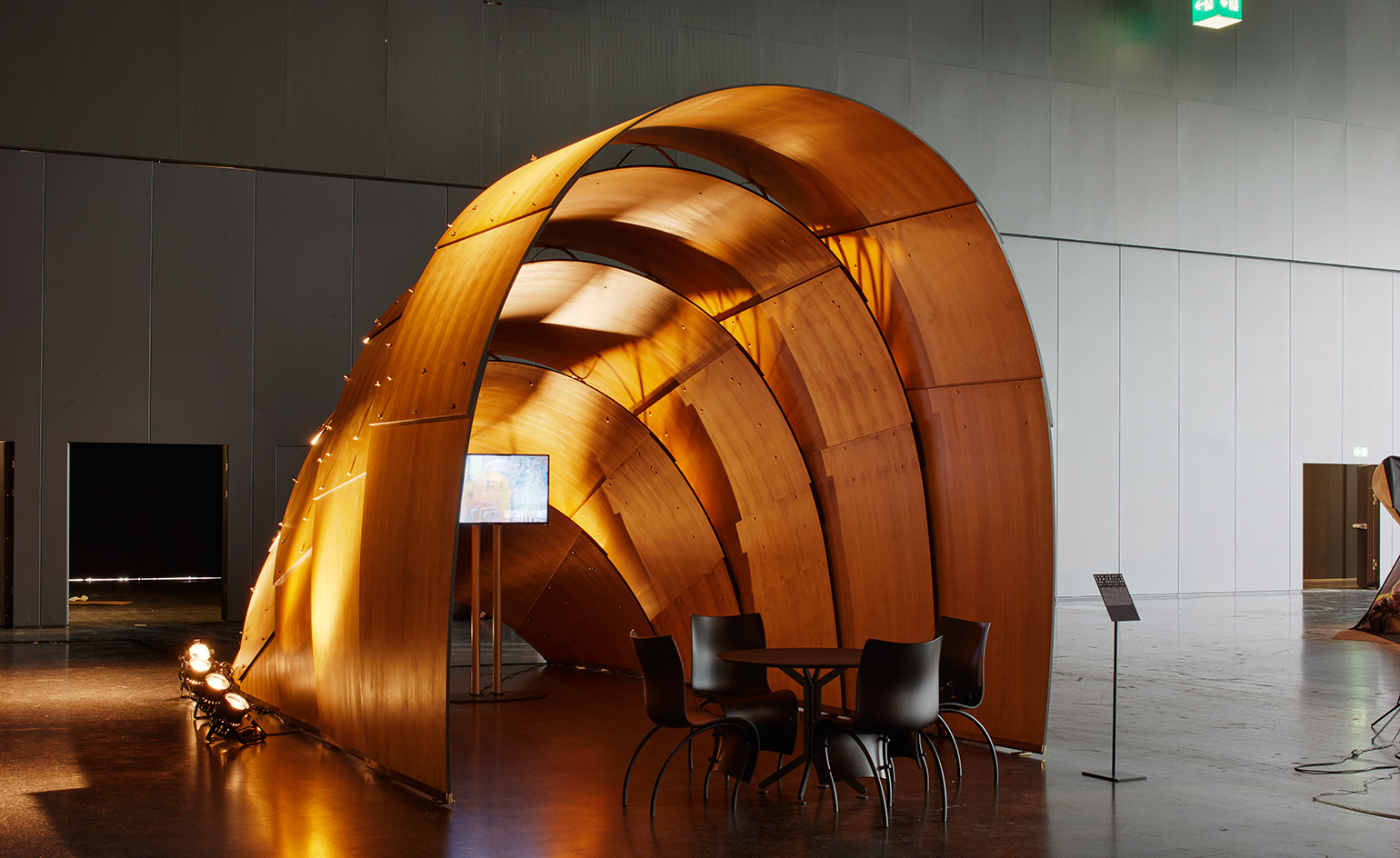
For this year's Design at Large, Mondadori decided a change of scenery was needed. Her selection focuses on the outdoors, and the theme of landscapes, including Ron Arad’s Armadillo Tea Pavilion (pictured) presented by Robbie Antonio's Revolution Precrafted Properties.
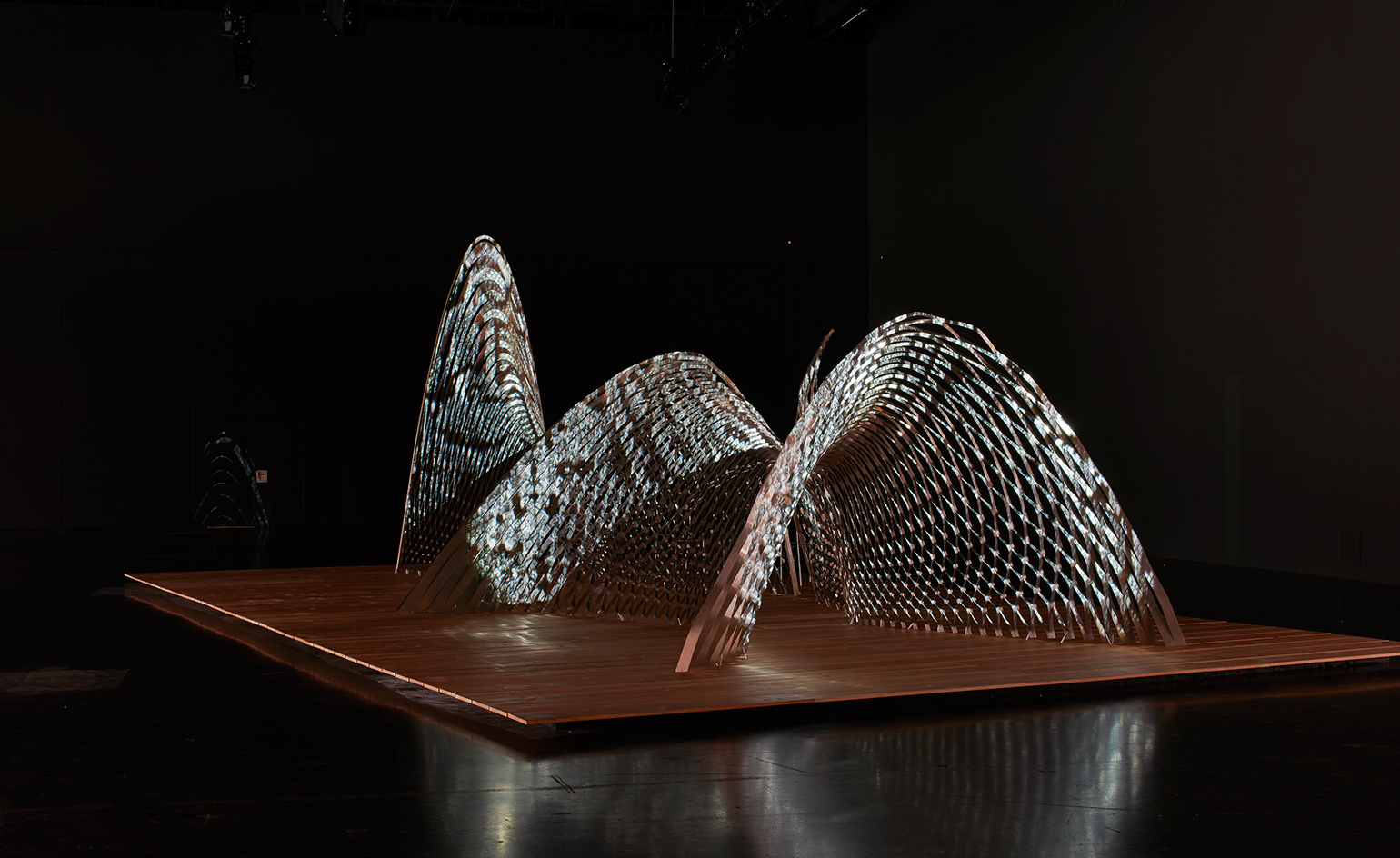
Kengo Kuma’s abstract Owan structure (pictured), merges abstract forms with architectural thinking, while Dimore Studio’s leafy veranda presents the duo’s debut outdoors collection. Presented by Galerie Philipe Gravier.
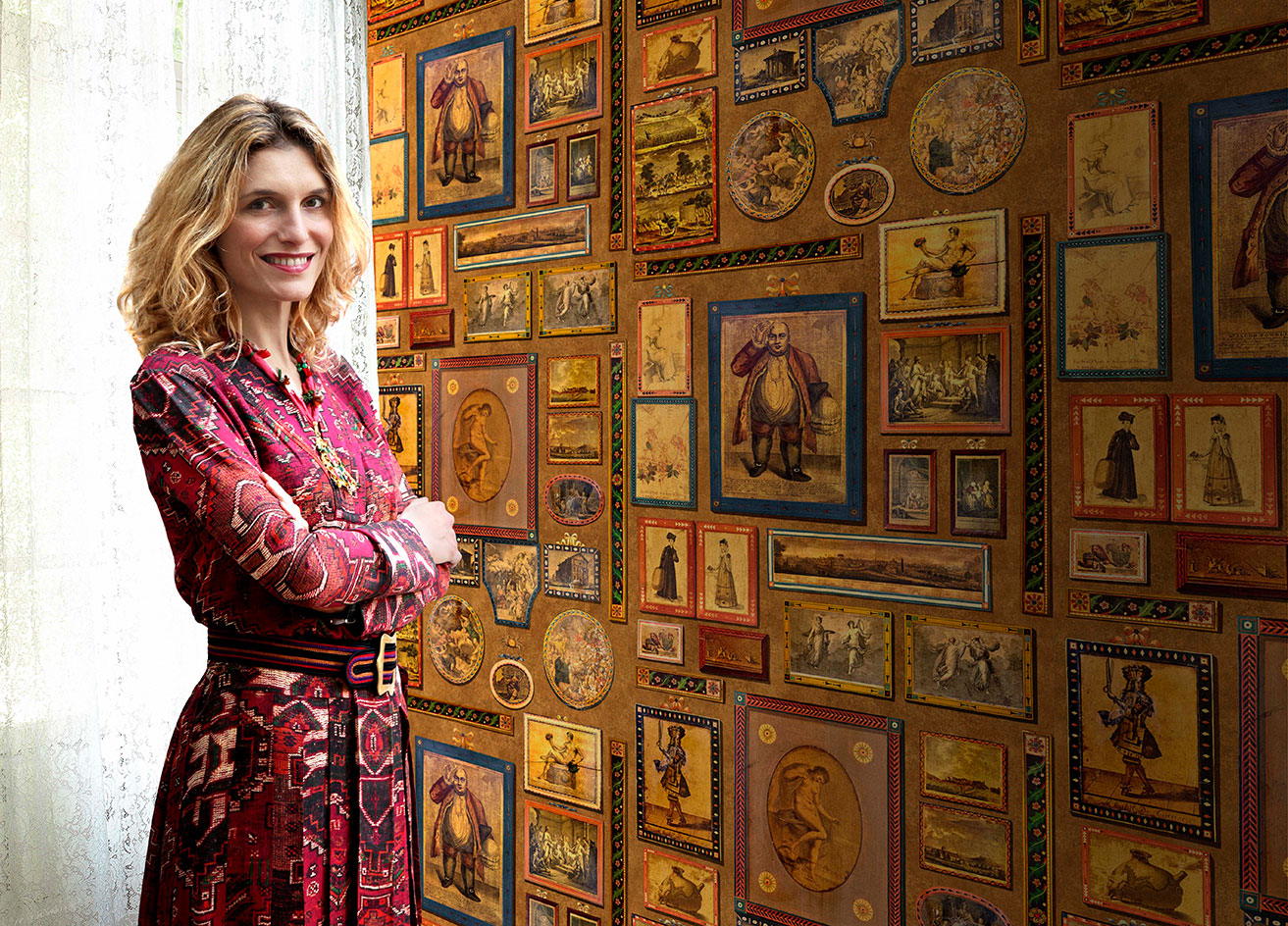
Mondadori (pictured) concludes, 'in a way, Cabana represents the exact opposite of Design Miami/Basel: aesthetic vs form, decoration vs concept. Combining them is the most interesting challenge'
INFORMATION
Design Miami/Basel runs from 14–19 June 2016. For more information, visit the website
Receive our daily digest of inspiration, escapism and design stories from around the world direct to your inbox.
Rosa Bertoli was born in Udine, Italy, and now lives in London. Since 2014, she has been the Design Editor of Wallpaper*, where she oversees design content for the print and online editions, as well as special editorial projects. Through her role at Wallpaper*, she has written extensively about all areas of design. Rosa has been speaker and moderator for various design talks and conferences including London Craft Week, Maison & Objet, The Italian Cultural Institute (London), Clippings, Zaha Hadid Design, Kartell and Frieze Art Fair. Rosa has been on judging panels for the Chart Architecture Award, the Dutch Design Awards and the DesignGuild Marks. She has written for numerous English and Italian language publications, and worked as a content and communication consultant for fashion and design brands.
-
 Design Miami announces Dubai collectible design platform in collaboration with Alserkal
Design Miami announces Dubai collectible design platform in collaboration with AlserkalThe new platform will honour the region’s cultural heritage while highlighting its spirit of innovation
-
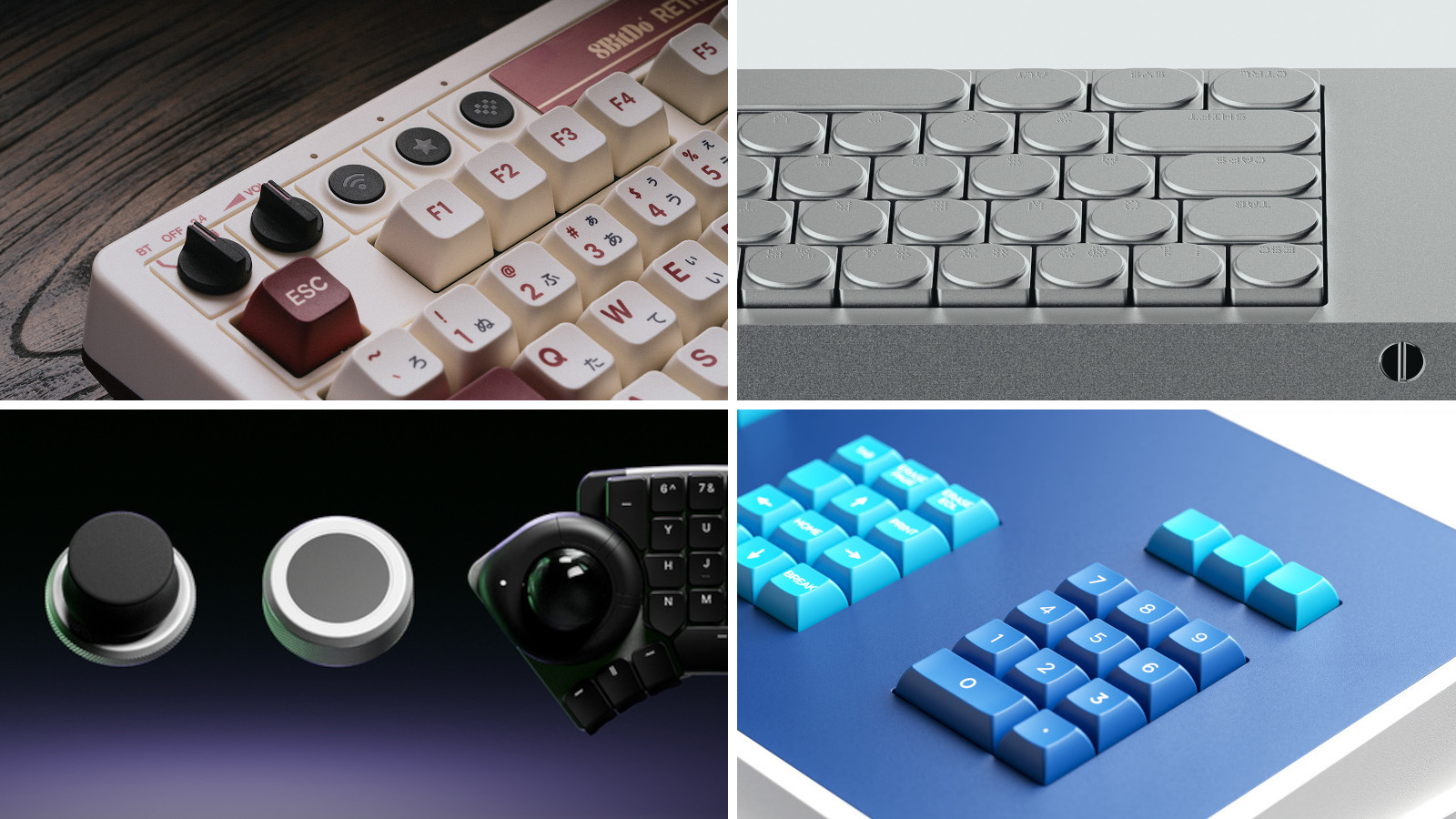 Four new keyboards are fresh and functional desktop companions
Four new keyboards are fresh and functional desktop companionsMechanical keyboards are all the rage, bringing with them new ways of personalising your desktop. We’ve found four devices that hark back to the early days of computing
-
 RBW EV brings a much-loved classic sports car aesthetic into the modern era
RBW EV brings a much-loved classic sports car aesthetic into the modern eraThe RBW Roadster and GT hark back to a golden age of sports car design. Under the skin, these British-built machines feature bespoke all-electric running gear
-
 Design Miami announces Dubai collectible design platform in collaboration with Alserkal
Design Miami announces Dubai collectible design platform in collaboration with AlserkalThe new platform will honour the region’s cultural heritage while highlighting its spirit of innovation
-
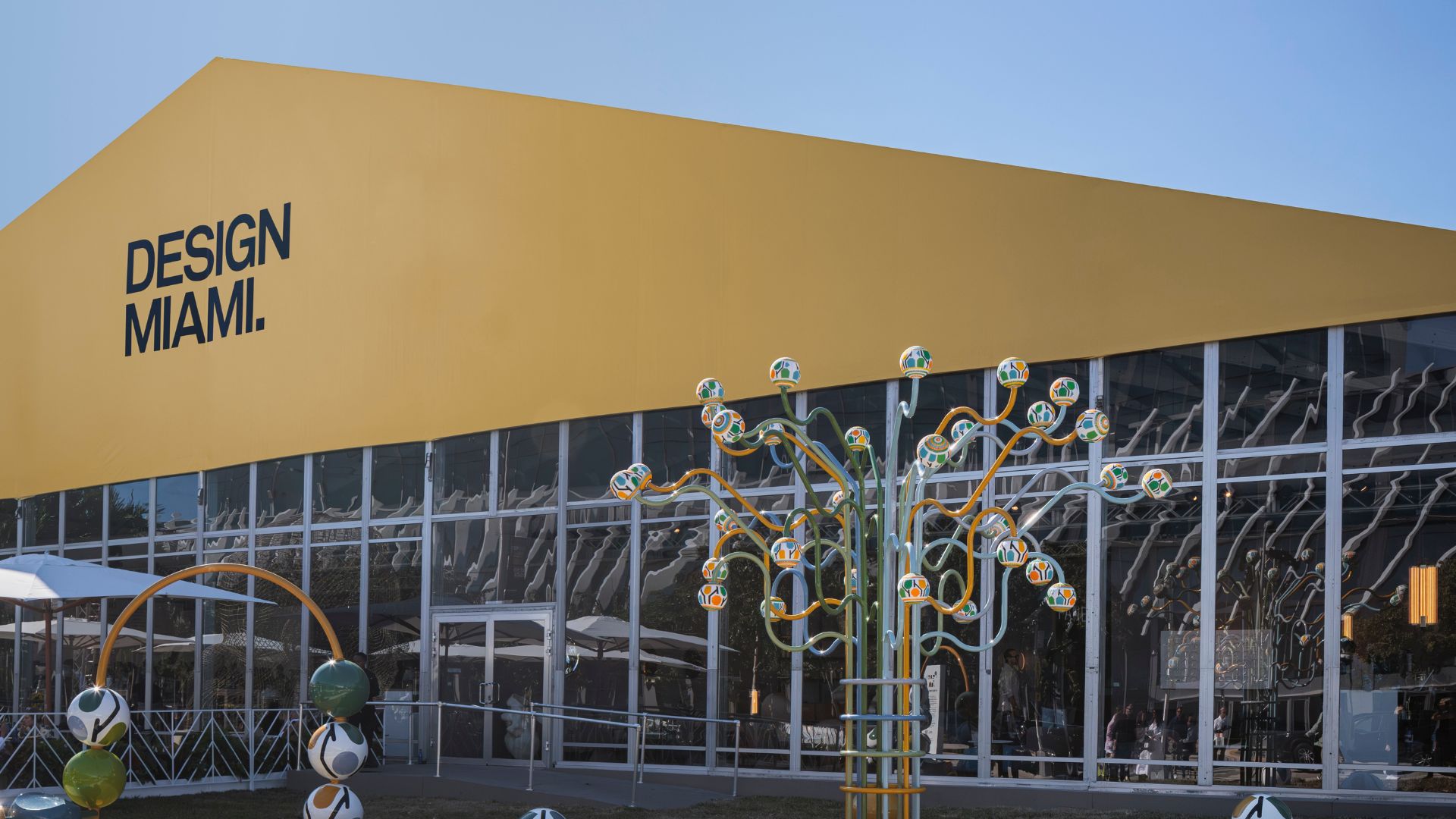 Everything you need to know about Design Miami 2025
Everything you need to know about Design Miami 2025The collectible design fair returns to Miami Beach in December for its 21st edition, alongside a vast array of art and cultural events across the city
-
 Best of Design Miami Paris 2025: animal sculptures and musical ping-pong tables
Best of Design Miami Paris 2025: animal sculptures and musical ping-pong tablesDesign Miami Paris returns to the Hôtel de Maisons (until 26 October 2025): here are the Wallpaper* highlights
-
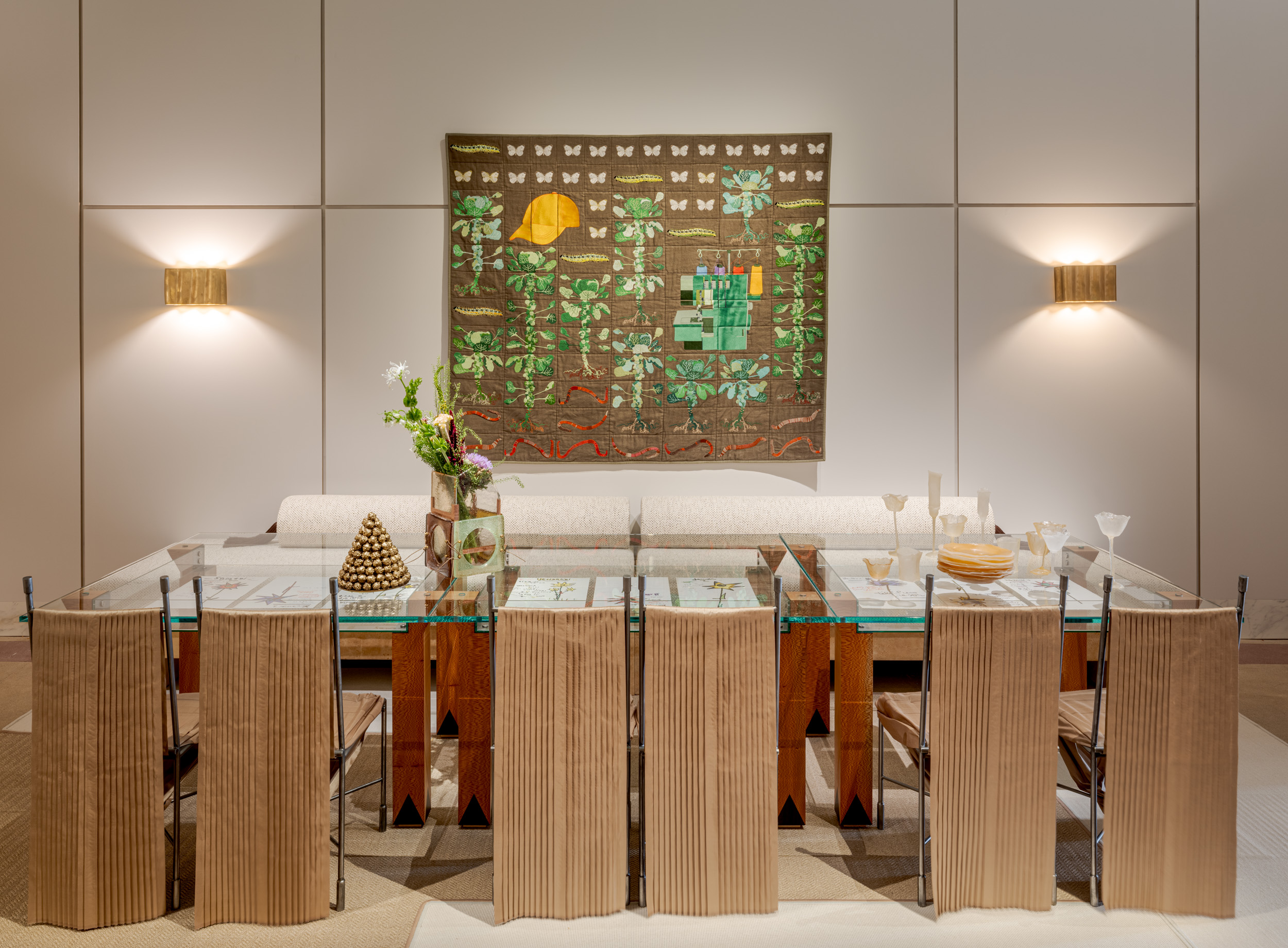 These are the best design exhibitions to see in Paris this week
These are the best design exhibitions to see in Paris this weekAs Design Miami Paris and Art Basel Paris make their return, we round up the best design exhibitions to discover in the city
-
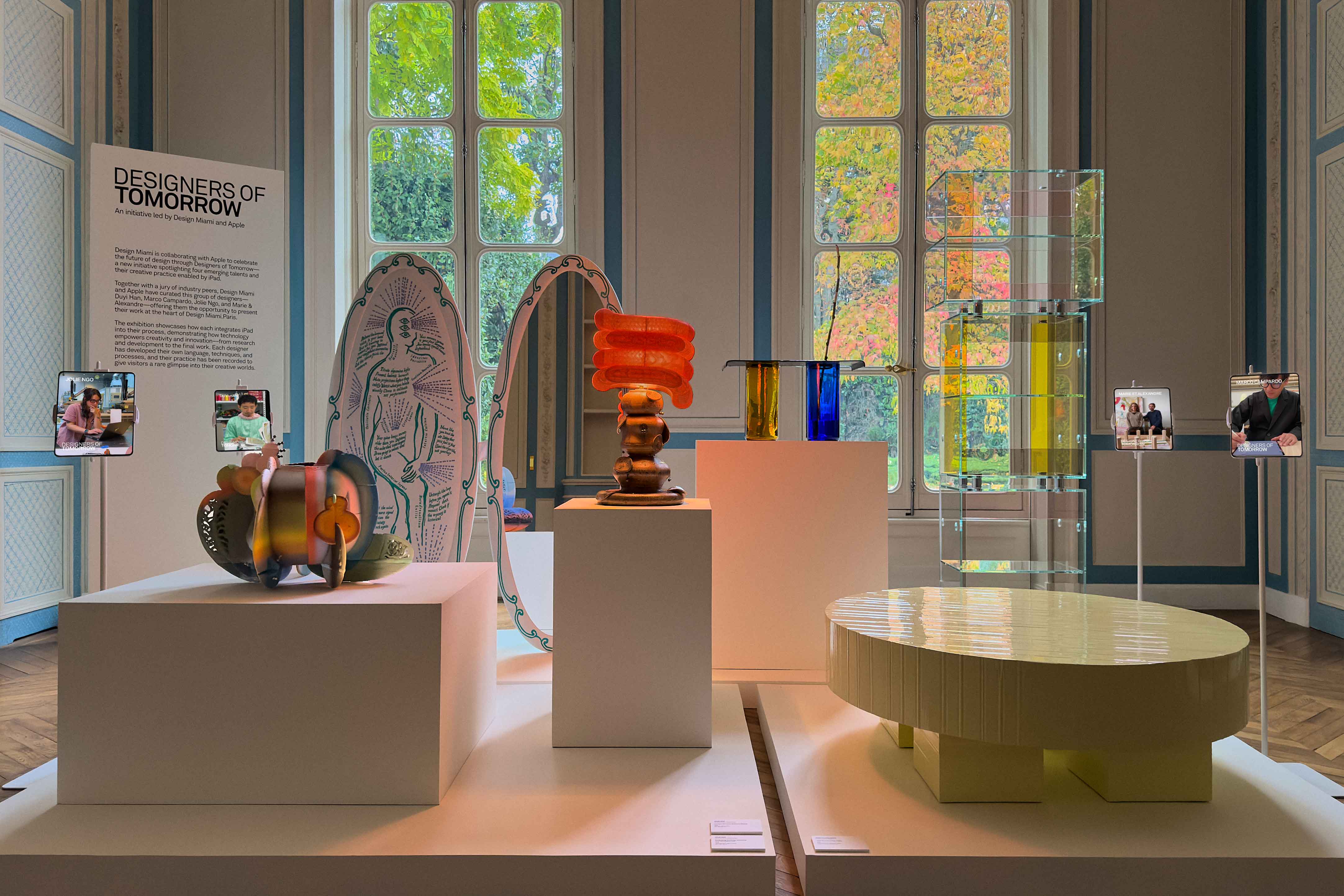 Apple and Design Miami celebrate the new guard of creativity with the inaugural Designers of Tomorrow
Apple and Design Miami celebrate the new guard of creativity with the inaugural Designers of TomorrowApple and Design Miami's Designers of Tomorrow make Paris debut with a cohort of four designers, including Atelier Duyi Han, Jolie Ngo, Marie & Alexandre, and Marco Campardo
-
 Design Miami in Seoul: inside the fair’s spectacular South Korean debut
Design Miami in Seoul: inside the fair’s spectacular South Korean debutAs Design Miami launches its inaugural Seoul event, we discover its showcases spotlighting South Korean designers who have shaped the country’s creative landscape, from traditional craft to pioneering design innovations
-
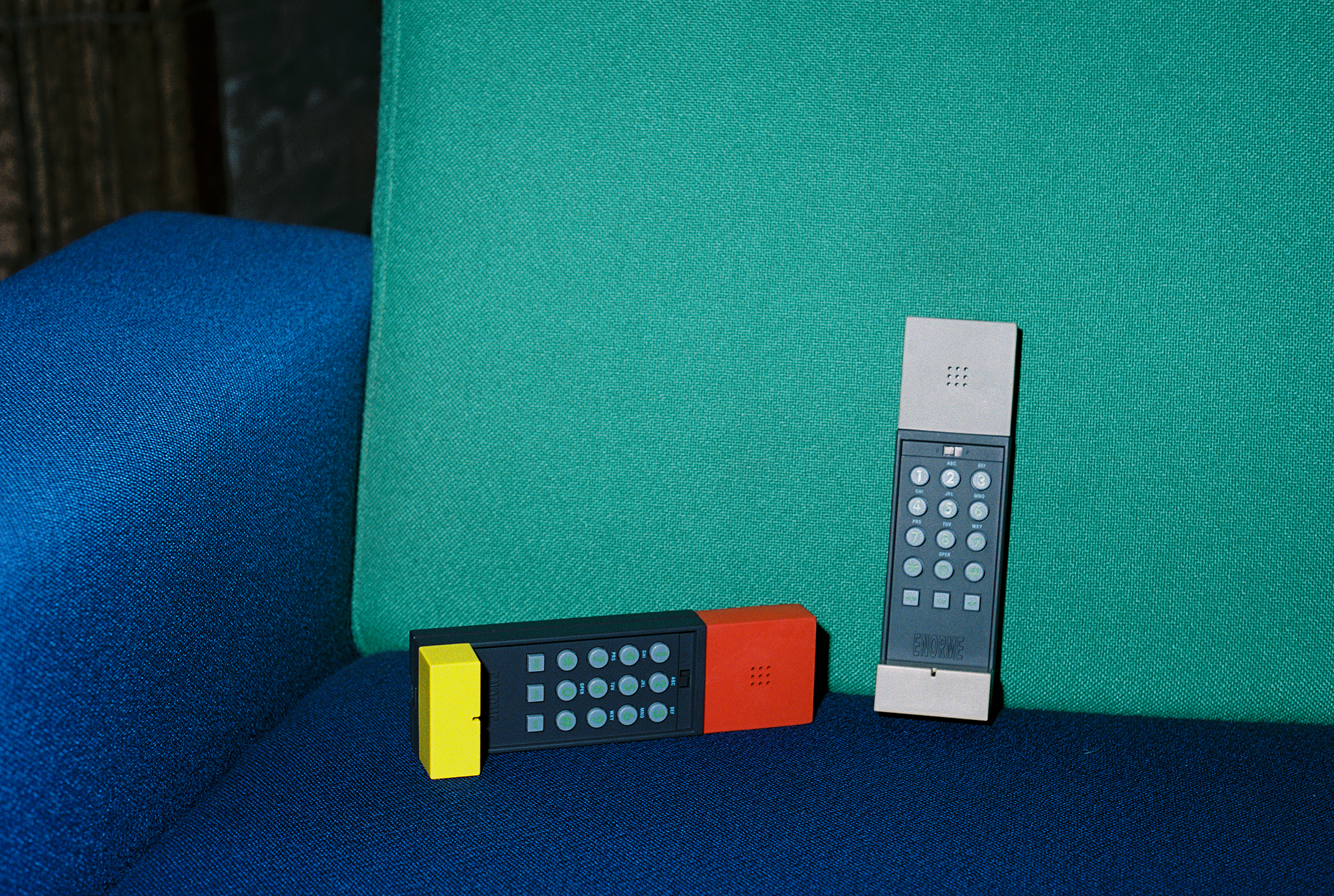 Basic.Space launches its first IRL shopping event – in an empty West Hollywood mall
Basic.Space launches its first IRL shopping event – in an empty West Hollywood mallWith the launch of its first in-person event in LA this weekend, the e-commerce platform is looking to bring collectible design to a whole new audience
-
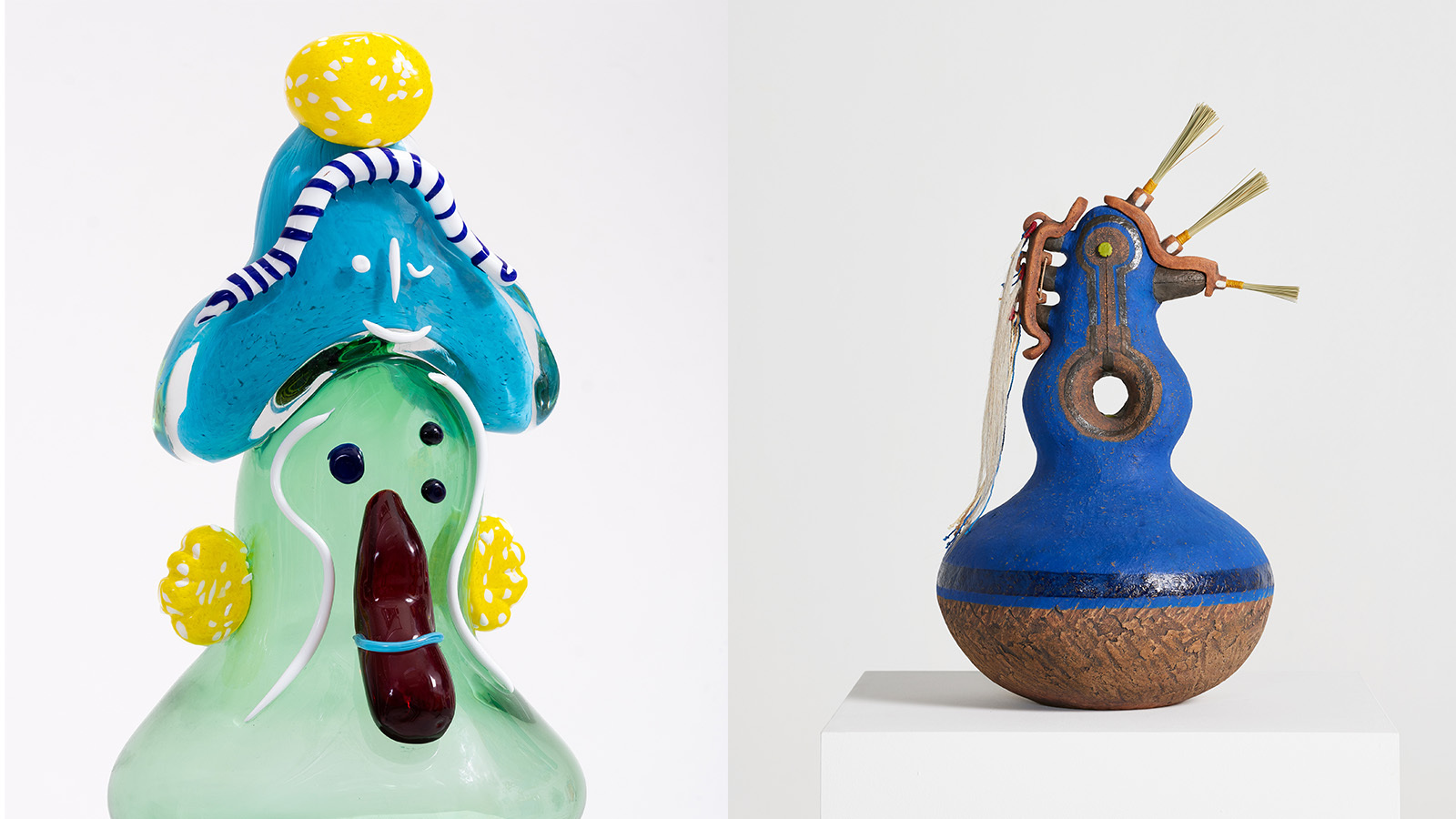 Design Miami 2024 is alive with possibility: here are 14 things to see
Design Miami 2024 is alive with possibility: here are 14 things to seeDesign Miami 2024 opens 4-8 December – let Wallpaper* guide you to the highlights, from dazzling installations to plump sofas and anthropomorphic sculptures